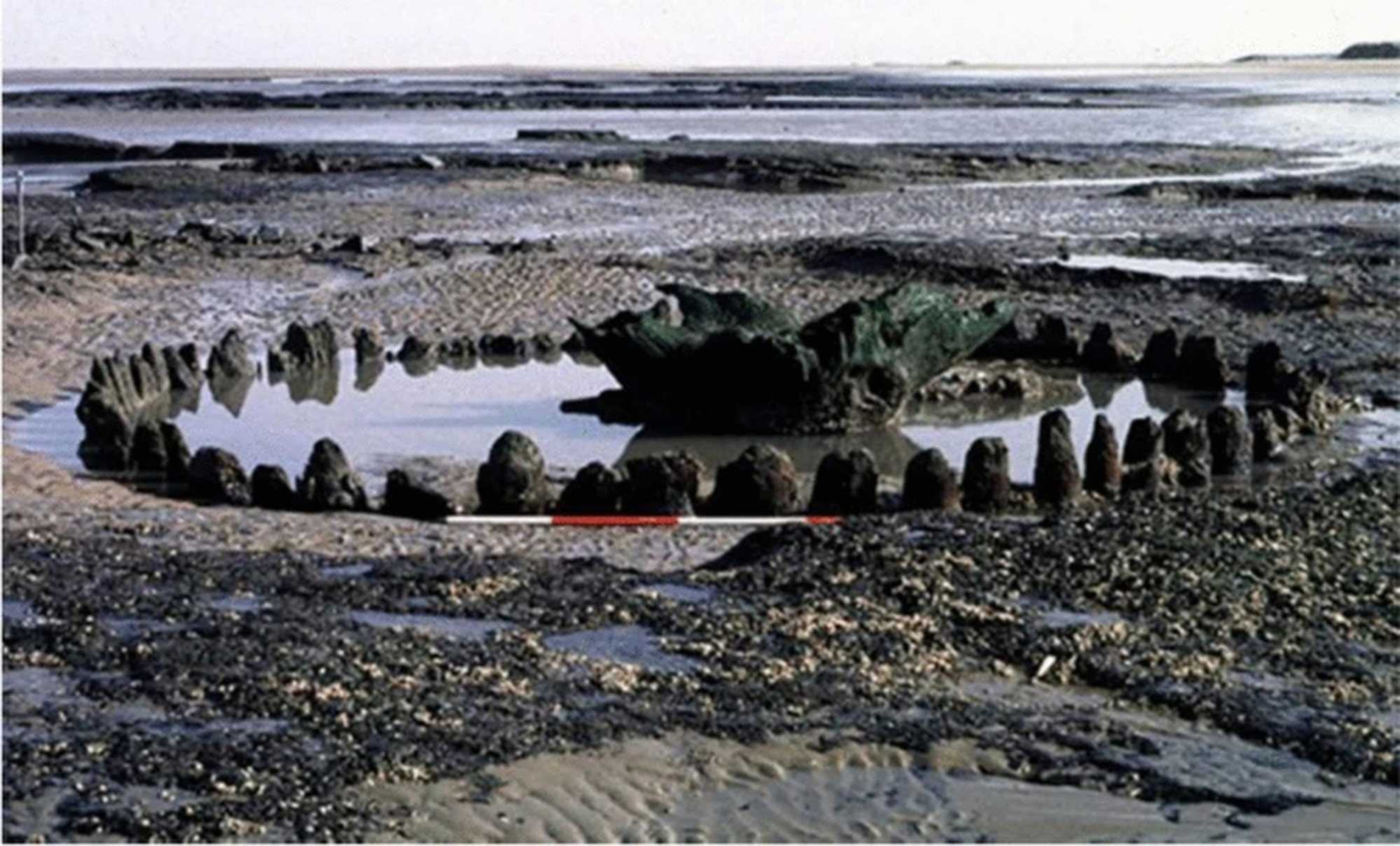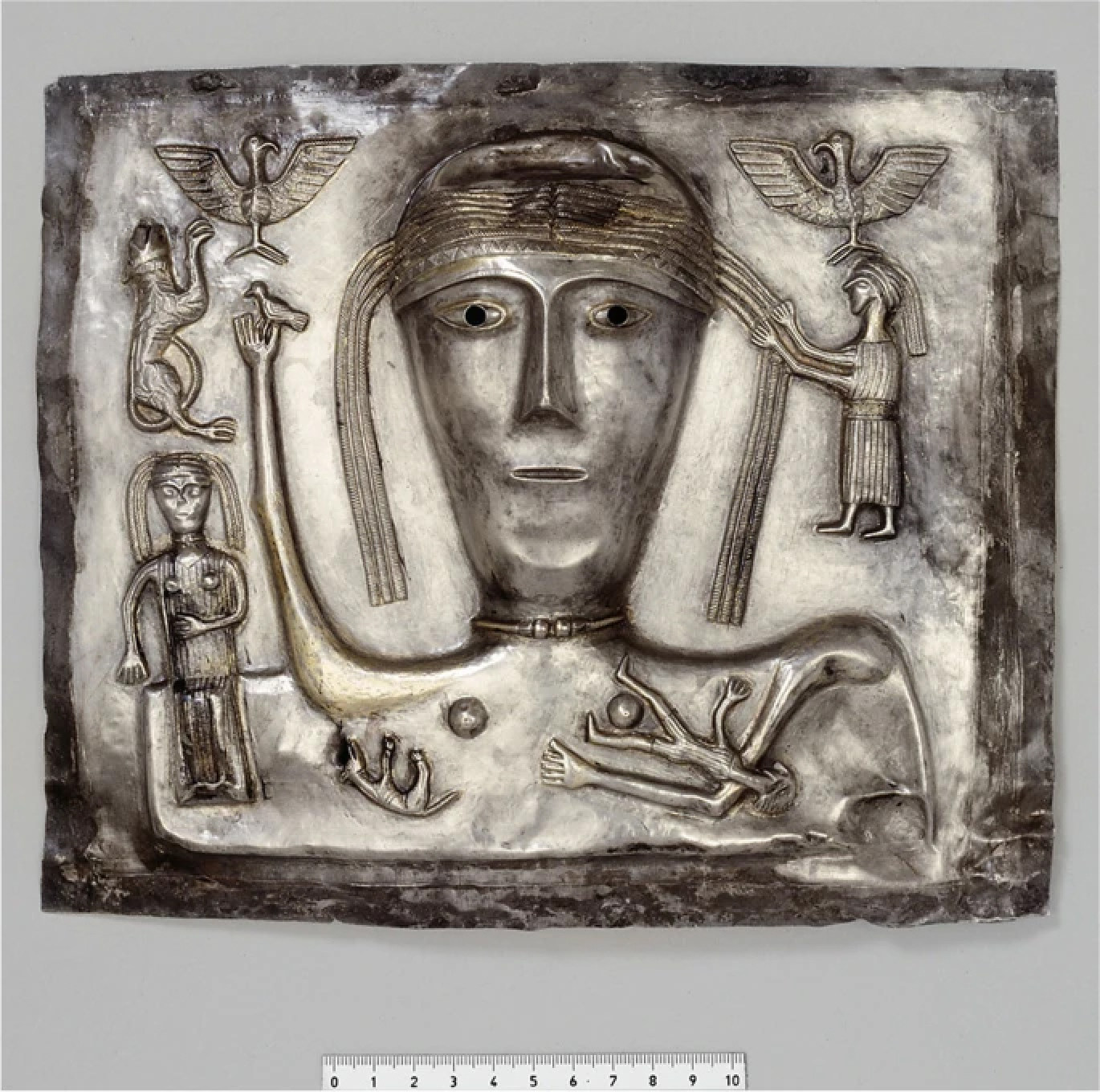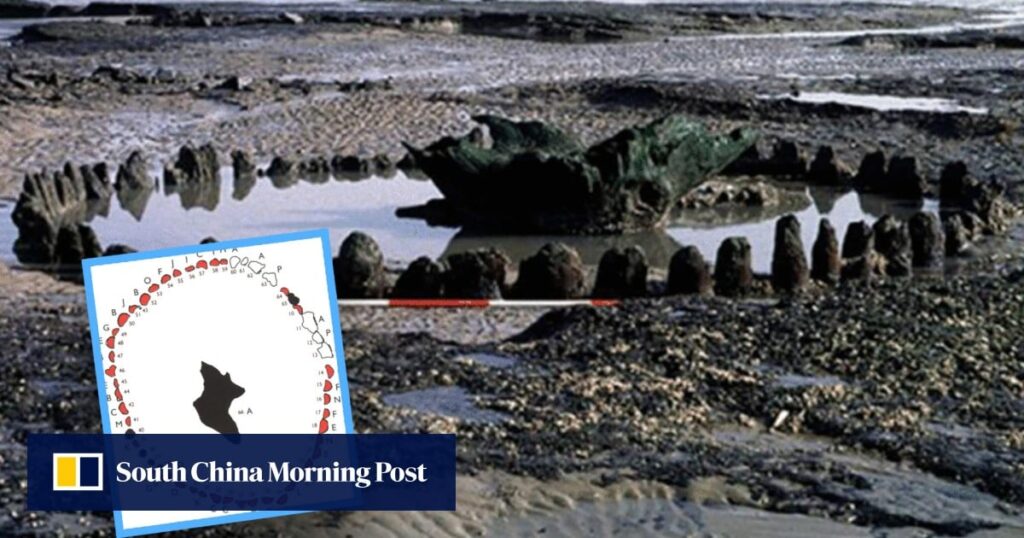Archaeological Discoveries in Norfolk: Holme I and Holme II
An expert has revealed intriguing insights into two prehistoric timber circles found in Norfolk, England, known as Holme I and Holme II. These structures are believed to have been used in ancient rituals to influence the weather and seasons.
Holme I: The Cuckoo Bird Ritual
Holme I was a prehistoric timber circle with an upturned oak stump at its center. Discovered in 1998, the site was excavated, and its pieces are now displayed in a local museum. According to archaeologist Nance, this monument was built to house a cuckoo bird, symbolizing male fertility, to keep it singing and prolong the summer. The ritual, known as “penning the cuckoo,” intended to trap the bird to extend the warm season.

Holme II: Ritual Human Sacrifice
Holme II, located adjacent to Holme I, was a larger timber circle with large oak logs laid flat in its center. There has been controversy over its removal, and parts of it have since disappeared. Nance stated that Holme II served as a mortuary structure that housed the body of a ritually sacrificed “sacred king,” intended to appease a fertility goddess associated with Venus and end the cold period.

Nance explained that these monuments were constructed during “the coldest known period since the Ice Age,” placing the inhabitants of England in a dire situation. The Seahenge timbers were felled around 2049 BC and aligned with the summer solstice sunrise, suggesting their purpose was to end winter’s existential threat.
The Role of Folklore in Archaeology
Nance’s research combined regional folklore with scientific analysis, including climatic, environmental, astronomical, and biological evidence, as well as research into place names. Folklore is often mistrusted in archaeology due to its potential to mislead, but it can also provide valuable insights into past religious beliefs and superstitions.

Nance is currently writing a book titled The Cuckoo, the King and the Queen of Heaven, which explores the religious beliefs of ancient Britons, blending folklore with scientific data.
Original Story at www.scmp.com
